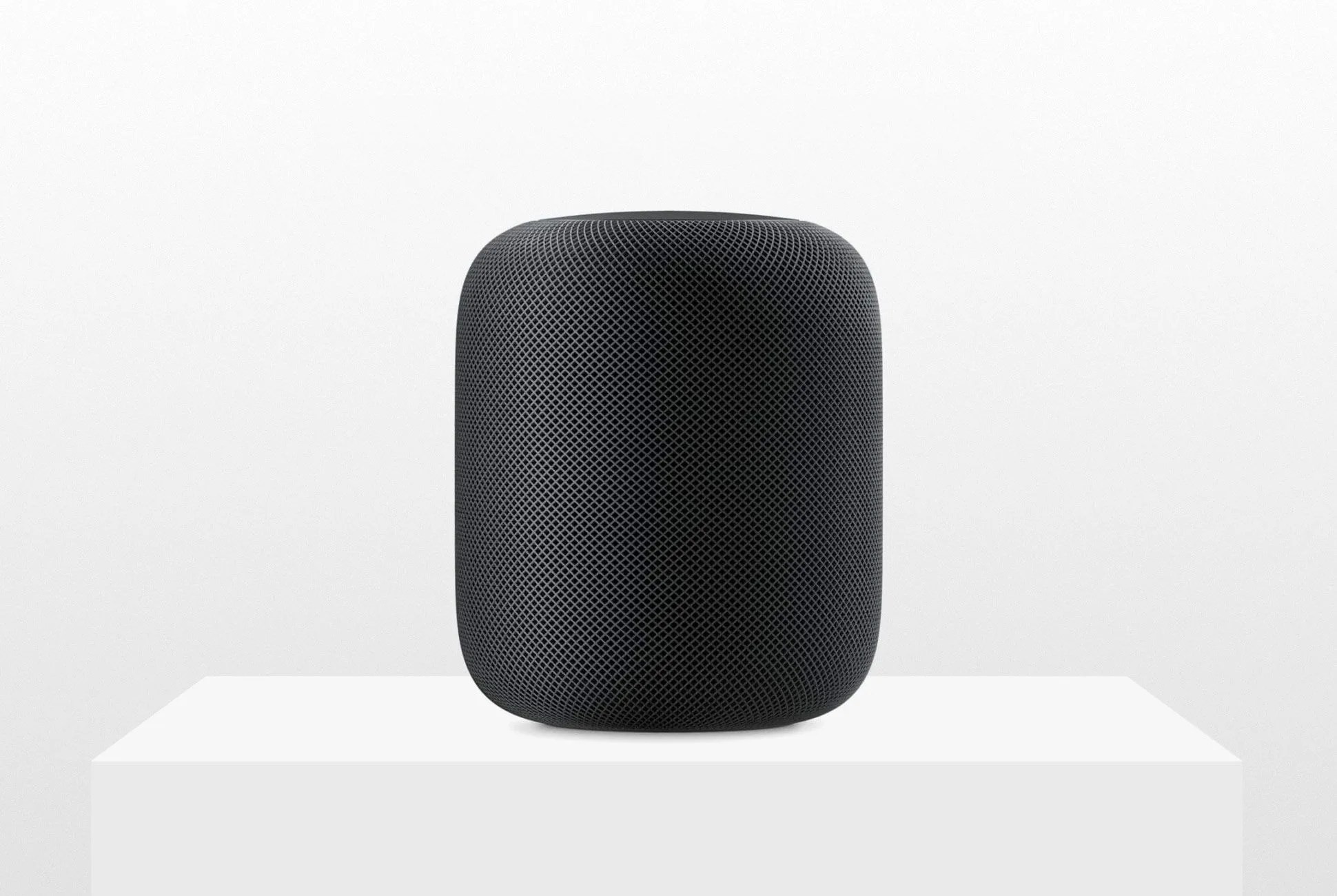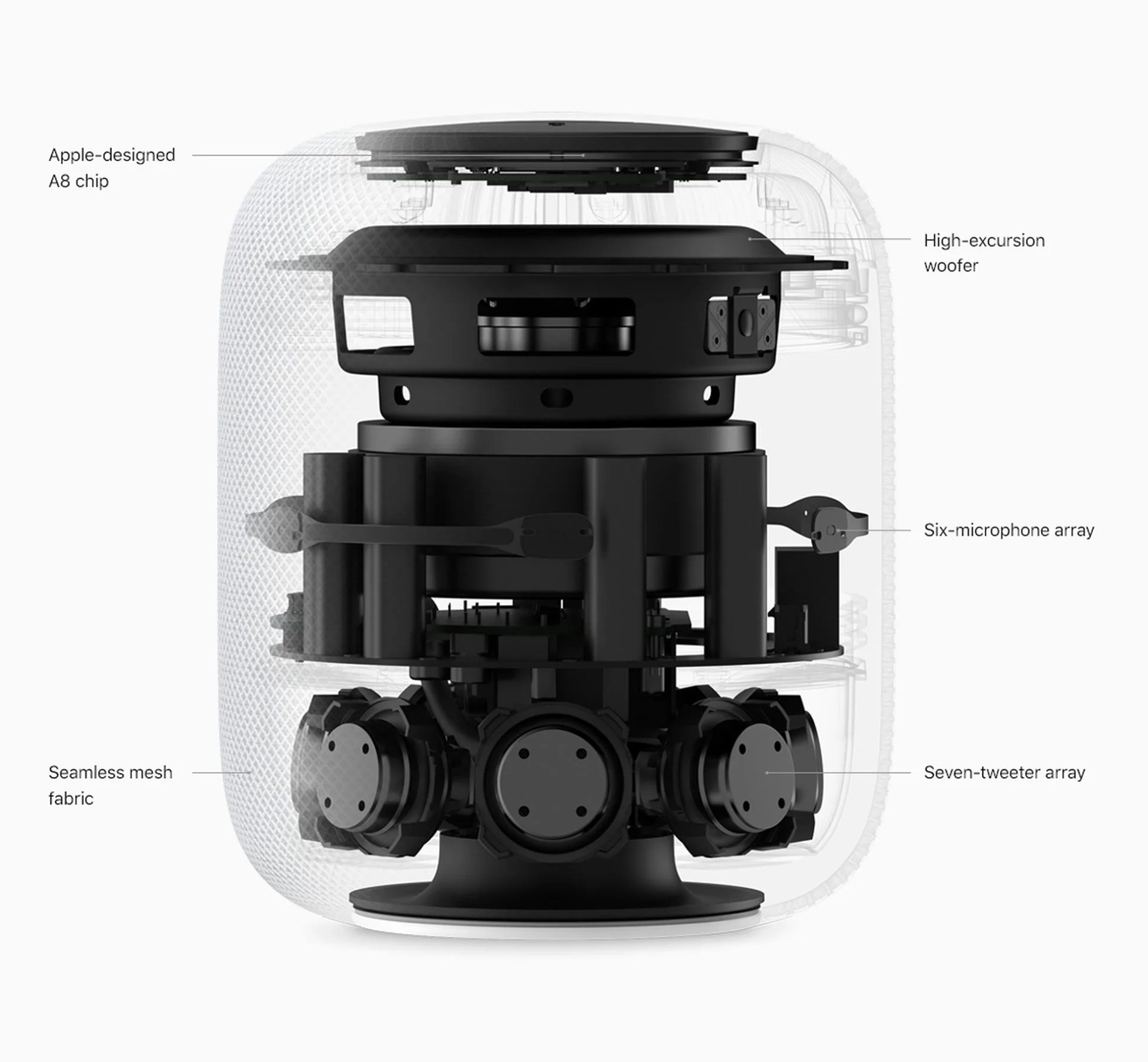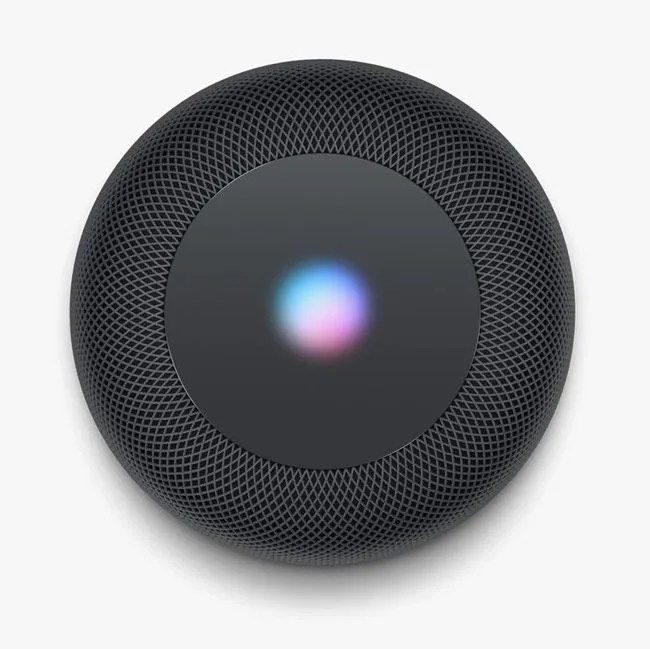Gear Patrol received an early invitation to test and listen to the HomePod, Apple’s newest and — arguably — most unique product it’s sold in years. After a delay this past holiday season, Apple’s HomePod has gone on sale (now) and will ship February 9th. The big question for us at Gear Patrol: is it worth $349?
Upshot: Yes, it sounds as good or better than you would expect from a $350 speaker, particularly at low and high volumes, which is where smaller devices struggle. We’ve listened to a lot of devices in this price range and the Apple HomePod’s priority is clear: high quality audio. For those who want a more affordable smart speaker — the HomePod is not for you. However, if you’re considering a premium audio device from companies like Bose, Sonos, B&O, Ultimate Ears and Bowers & Wilkins, then your decision just became harder. If you want great audio, privacy, and are committed to the Apple ecosystem then you’ll be hard-pressed to find a better sounding, more integrated speaker.
First Impressions
Who It’s For: Apple device users who want to bring seamless, high-quality audio into their home. Also, users who aren’t really in need of a wealth of voice-activated capabilities. If you want a device that’s well-integrated with Apple Music, iTunes and iMessage, then the HomePod is your speaker. It’s worth noting that the HomePod also works in its basic form (speaker with volume and play controls) with Spotify and Tidal via AirPlay.
The Good: The Apple HomePod sounds great. In a highly respectable move, Apple has done very little engineering with software to make the HomePod sound better than it is. Apple called out a specific goal when designing the HomePod: to interfere with audio reproduction as little as possible. Some brands brighten highs or deepen bass to artificially make their speakers sound better. I wouldn’t put it past Apple to presume they used the same kind of detailed research and development method used in creating the iPhone’x portrait mode lighting mode. The HomePod definitely had a profile more in line with an analog tube amp: overall warmth to its audio, accurate midrange and a controlled fall-off towards the bottom of the bass range.



